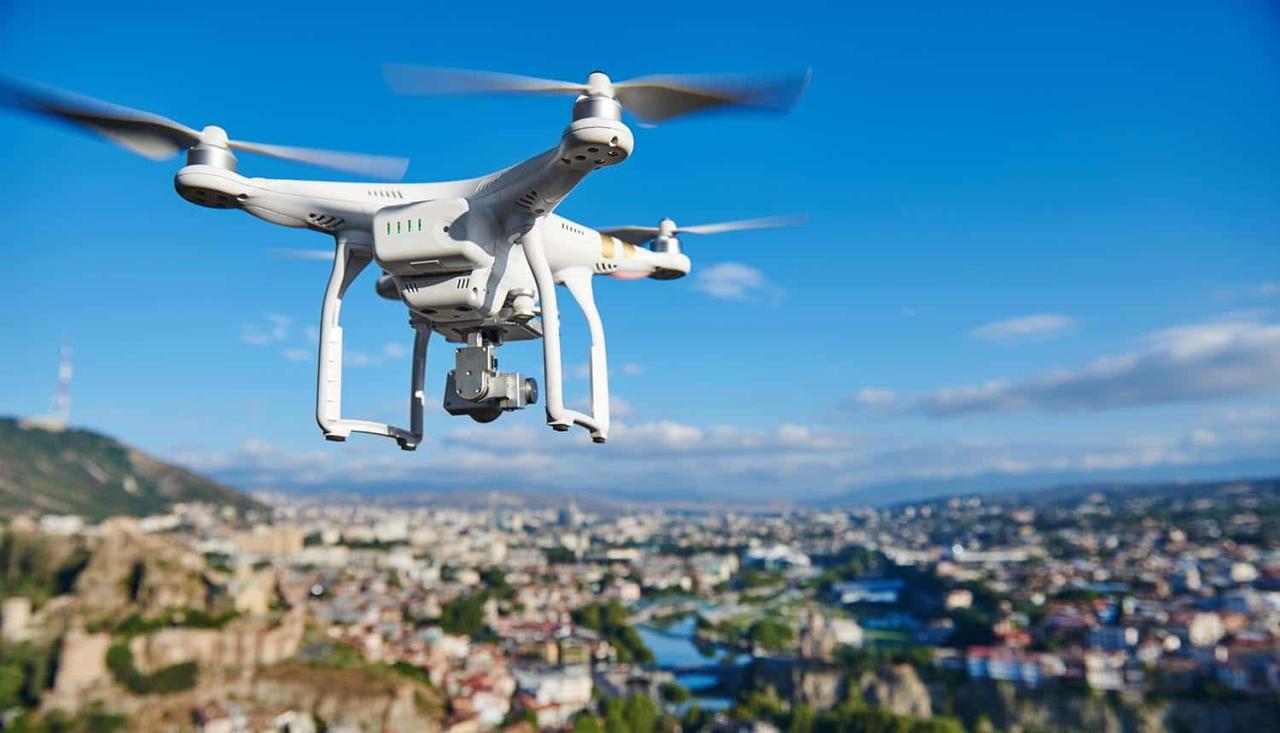Sky elements drones are revolutionizing atmospheric research, offering unprecedented access to previously unreachable data. These unmanned aerial vehicles (UAVs), equipped with a range of sophisticated sensors, are transforming our understanding of weather patterns, climate change, and air quality. From measuring temperature and humidity profiles to monitoring pollution levels and studying cloud formations, drones provide a dynamic and adaptable platform for scientific investigation, pushing the boundaries of atmospheric science.
Sky element drones offer exciting possibilities for aerial photography and surveillance. However, coordinating their flight paths requires careful planning, much like tracking Santa’s journey, which you can follow by calling the norad santa tracker phone number. This level of precision is crucial for both safe drone operation and the smooth delivery of holiday cheer, demonstrating the importance of sophisticated tracking systems across diverse applications.
This exploration delves into the technology behind these drones, their diverse applications in meteorology and climatology, the challenges inherent in their operation, and the exciting future possibilities they present for advancing our knowledge of the atmosphere.
Drone Technology in Atmospheric Studies
Unmanned aerial vehicles (UAVs), commonly known as drones, have revolutionized atmospheric research, offering unprecedented access to data collection at various altitudes and locations. Their versatility and cost-effectiveness compared to traditional methods like weather balloons and research aircraft make them increasingly valuable tools for scientists studying atmospheric phenomena.
Types of Drones Used in Atmospheric Research
Several drone types cater to different aspects of atmospheric research. Fixed-wing drones offer longer flight times and greater range, ideal for large-scale surveys. Multirotor drones, while having shorter flight times, provide superior maneuverability and hovering capabilities, crucial for precise data acquisition in specific locations or near obstacles. Hybrid drones combine features of both, offering a balance of endurance and precision.
However, limitations include payload capacity (limiting sensor types and quantities) and susceptibility to adverse weather conditions like strong winds or precipitation.
Drone-Based Atmospheric Data Collection
Drones equipped with a suite of sensors collect crucial atmospheric data. Temperature sensors measure air temperature at various altitudes. Humidity sensors determine moisture content. Anemometers, often integrated into the drone’s design or deployed as separate sensors, measure wind speed and direction. Barometric pressure sensors provide data on atmospheric pressure, essential for weather modeling.
Data is often transmitted wirelessly in real-time to a ground station for immediate analysis.
Comparison of Data Acquisition Methods
Drone-based data acquisition offers advantages over traditional methods. Weather balloons, while providing vertical profiles, are limited by their single point measurement and lack of spatial resolution. Research aircraft are costly and less accessible. Drones provide a more cost-effective and flexible alternative, offering high spatial and temporal resolution data across a broader area. However, the coverage area is limited by drone flight time and range.
Comparison of Drone Models
| Payload Capacity (kg) | Flight Time (minutes) | Sensor Types | Cost (USD) |
|---|---|---|---|
| 2 | 30 | Temperature, Humidity, Pressure, GPS | 5000 |
| 5 | 45 | Temperature, Humidity, Pressure, Wind Speed, GPS, Camera | 10000 |
| 10 | 60 | Temperature, Humidity, Pressure, Wind Speed, GPS, Lidar, Multispectral Camera | 25000 |
Applications of Drones in Meteorology and Climatology
The applications of drones in meteorological and climatological studies are diverse and expanding rapidly. Their ability to collect detailed, high-resolution data makes them invaluable tools for understanding complex atmospheric processes and improving weather forecasting.
Drone Use in Weather Forecasting and Climate Change Research
Drones are utilized to study microclimates, providing highly localized weather data that complements larger-scale observations from weather stations and satellites. This data improves the accuracy of numerical weather prediction (NWP) models, particularly in areas with limited ground-based infrastructure. In climate change research, drones contribute to monitoring changes in sea ice extent, glacier melt rates, and other climate-sensitive parameters.
Studying Cloud Formation and Precipitation
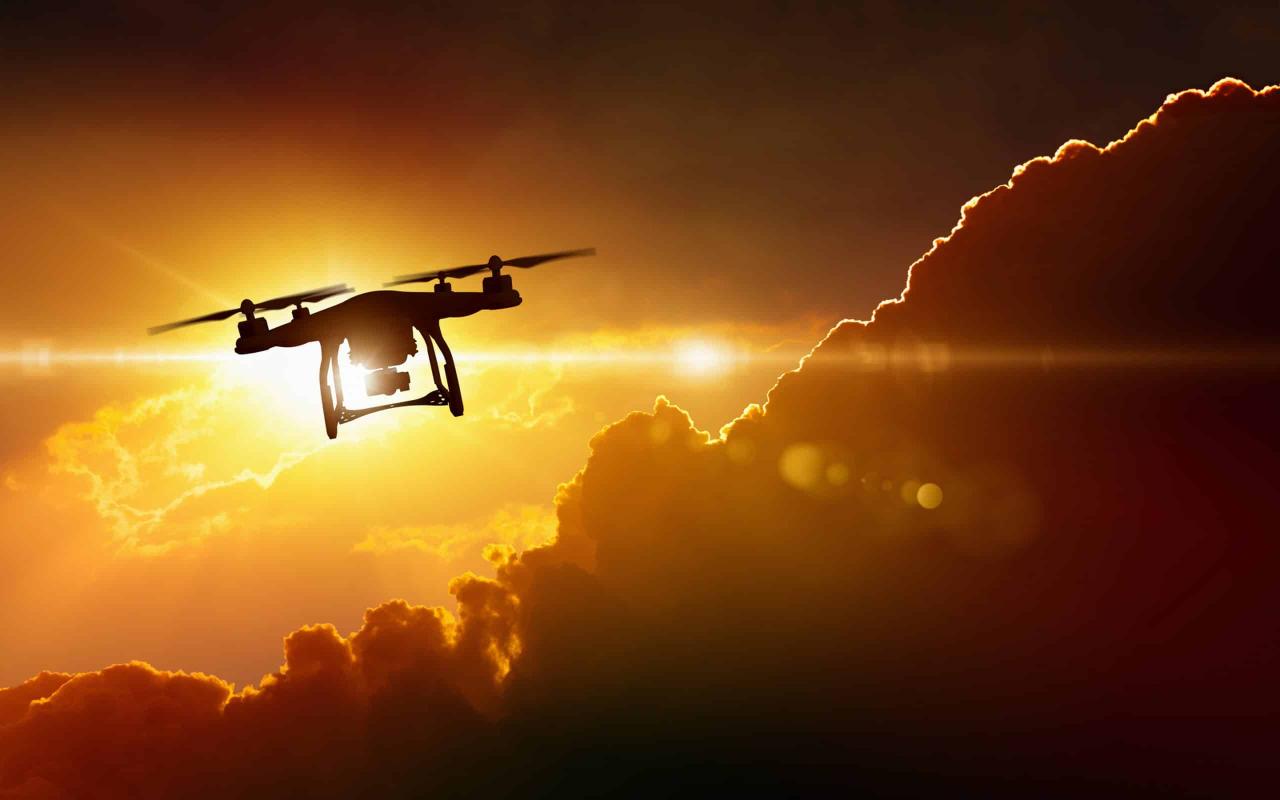
Drones equipped with specialized sensors can measure cloud properties like liquid water content, droplet size distribution, and ice crystal concentration. This information is crucial for improving our understanding of cloud formation and precipitation processes, crucial for improving weather prediction models and assessing climate change impacts on precipitation patterns.
Monitoring Air Quality and Pollution Levels
Drones equipped with air quality sensors can map pollution plumes and measure concentrations of various pollutants, such as particulate matter, ozone, and nitrogen oxides. This data helps identify pollution sources, assess air quality risks, and inform pollution control strategies. Drones provide a flexible and cost-effective way to monitor air quality over large areas and in difficult-to-access locations.
Case Study: Drone-Based Study of Dust Storms
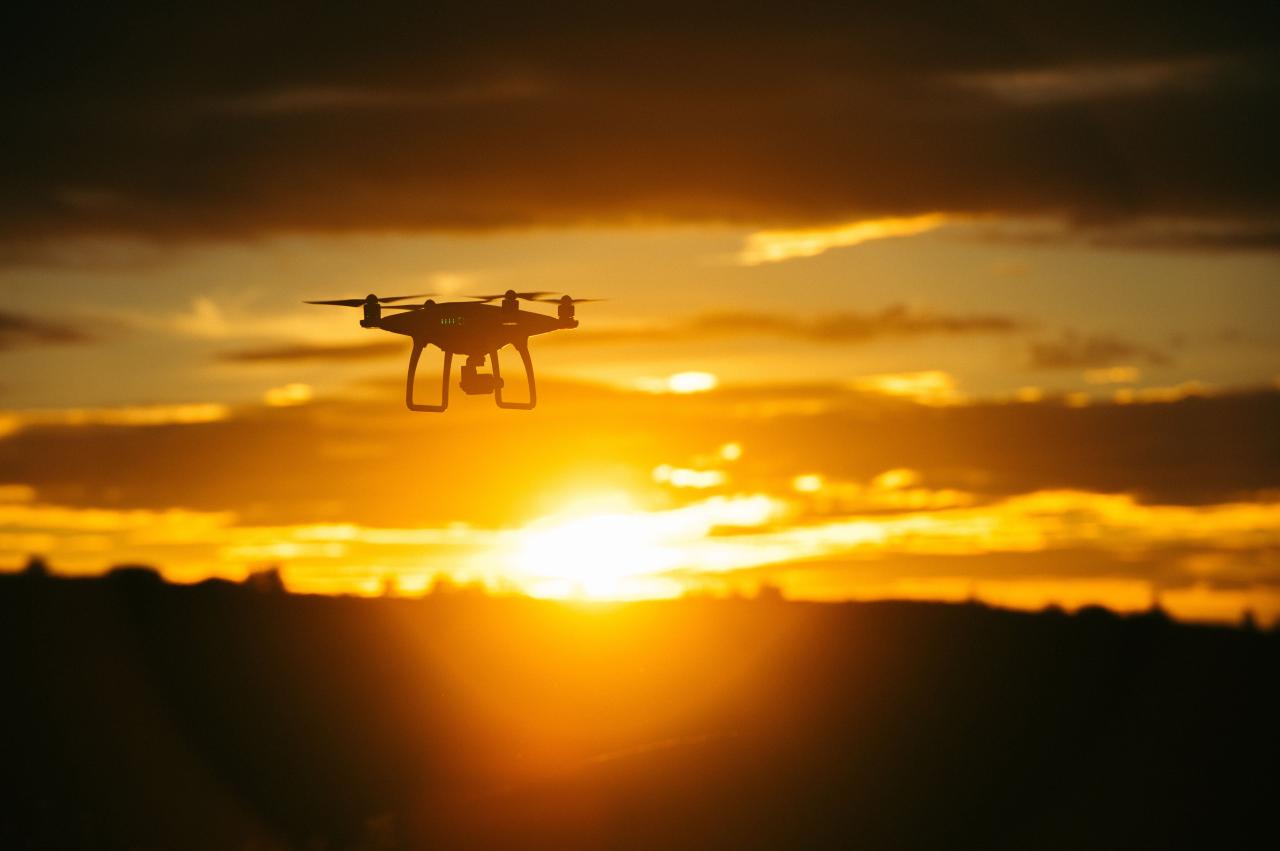
A recent study in the Arabian Peninsula used drones equipped with lidar and multispectral cameras to characterize dust storms. The drones flew through dust plumes, collecting data on dust concentration, particle size distribution, and wind speed. The results provided insights into the dynamics of dust storm formation and transport, enhancing our understanding of their impact on regional air quality and climate.
Sky elements drones, with their intricate choreography and vibrant displays, are pushing the boundaries of aerial entertainment. However, even the most advanced technology can encounter unexpected issues, as highlighted by the recent orlando drone show malfunction , which serves as a reminder of the complexities involved in large-scale drone operations. This incident underscores the importance of rigorous testing and safety protocols for all sky elements drone performances.
Challenges and Limitations of Using Drones for Sky Element Research: Sky Elements Drones
Despite the numerous advantages, using drones for atmospheric research presents several challenges that require careful consideration and mitigation strategies.
Technical Challenges at High Altitudes and in Adverse Weather
Operating drones at high altitudes poses challenges related to reduced air density, decreased battery life, and potential icing. Adverse weather conditions, such as strong winds, rain, or snow, can severely limit drone operation and data acquisition. Technological advancements in drone design and battery technology are constantly addressing these limitations, but they remain significant factors.
Regulatory and Safety Considerations
Drone operation is subject to strict regulations concerning airspace usage, safety protocols, and pilot certification. Obtaining necessary permits and approvals can be time-consuming and complex. Ensuring safe operation while avoiding collisions with other aircraft or causing public safety hazards is paramount. Compliance with relevant regulations is crucial for responsible drone deployment.
Limitations of Drone-Based Data Compared to Traditional Methods
Drone-based data collection has limitations compared to established methods. Flight time restricts the spatial and temporal coverage achievable in a single deployment. The payload capacity limits the number and types of sensors that can be carried. Data processing and analysis require specialized expertise and software.
Solutions to Address Challenges
- Development of more robust and weather-resistant drone platforms.
- Improved battery technology to extend flight times.
- Advanced autonomous navigation systems to enhance safety and operational efficiency.
- Streamlined regulatory processes to facilitate drone deployment.
- Development of standardized data processing and analysis protocols.
Data Analysis and Visualization from Drone-Based Sky Element Research
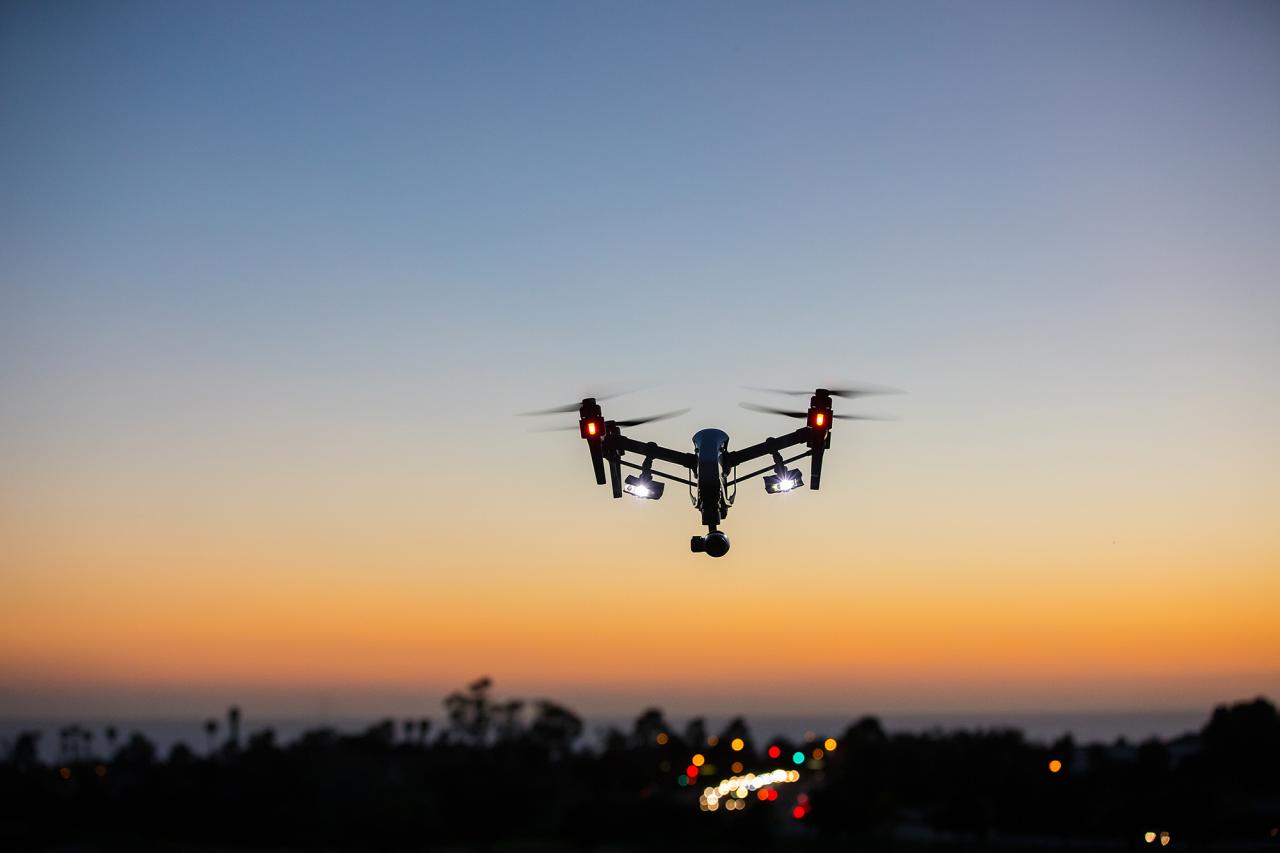
Data processing and visualization are crucial steps in transforming raw drone data into meaningful scientific insights. Effective methods are necessary to extract, analyze, and communicate findings.
Methods for Processing and Analyzing Drone Data
Data processing involves calibrating sensor readings, correcting for instrumental biases, and integrating data from multiple sensors. Analysis techniques include statistical methods, spatial interpolation, and model simulations. Software packages specifically designed for processing and analyzing geospatial data are often employed.
Techniques for Visualizing Drone-Acquired Data
Visualizing drone data enhances understanding and communication of results. Techniques include creating 3D models of atmospheric structures, generating interactive maps showing spatial variations in atmospheric parameters, and developing animations to illustrate temporal changes. Geographic Information Systems (GIS) software and specialized visualization tools are frequently used.
Step-by-Step Procedure for Data Processing, Sky elements drones
- Data acquisition using drones equipped with relevant sensors.
- Data download and pre-processing (e.g., cleaning and formatting).
- Calibration and correction of sensor data using established methods.
- Data integration and analysis using appropriate statistical or modeling techniques.
- Data visualization using maps, graphs, or 3D models.
- Interpretation of results and formulation of scientific conclusions.
Representation of Atmospheric Data
| Altitude (m) | Temperature (°C) | Humidity (%) |
|---|---|---|
| 10 | 25 | 70 |
| 50 | 22 | 65 |
| 100 | 18 | 60 |
Future Trends in Drone-Based Sky Element Research
Advancements in drone technology and data analysis techniques promise to further enhance the capabilities of drone-based atmospheric research. Integration of AI and machine learning will play a significant role in the future.
Sky elements drones, with their advanced capabilities, are increasingly pivotal in modern conflicts. Recent events highlight this, such as the significant impact of drone technology in the ongoing conflict, as evidenced by reports on a recent ukraine drone attack on russia. Understanding the technological advancements in these unmanned aerial vehicles is crucial for assessing their future role in various scenarios, including civilian applications of sky elements drones.
Advancements in Drone Technology
Future drones will likely feature improved sensor technology with higher accuracy and sensitivity, longer flight times due to advancements in battery technology and potentially hybrid power sources, and enhanced autonomous navigation capabilities, allowing for safer and more efficient operations in challenging environments. Miniaturization of sensors will allow for deployment of larger numbers of sensors on smaller drones for increased spatial resolution.
Integration of Artificial Intelligence (AI)
AI and machine learning algorithms will play an increasingly important role in processing and analyzing large datasets from multiple drones. AI can automate data processing tasks, identify patterns and anomalies in data, and improve the accuracy of weather forecasting models. AI-powered drones can potentially autonomously adapt flight paths and sensor configurations in response to changing atmospheric conditions.
Drones in Monitoring and Predicting Extreme Weather
Drones will play a vital role in monitoring and predicting extreme weather events such as hurricanes, tornadoes, and floods. Their ability to collect real-time data from within these events can improve forecasting accuracy and provide valuable insights into the dynamics of these phenomena. Early warning systems can be enhanced by integrating drone data with other sources of information.
Hypothetical Future Drone
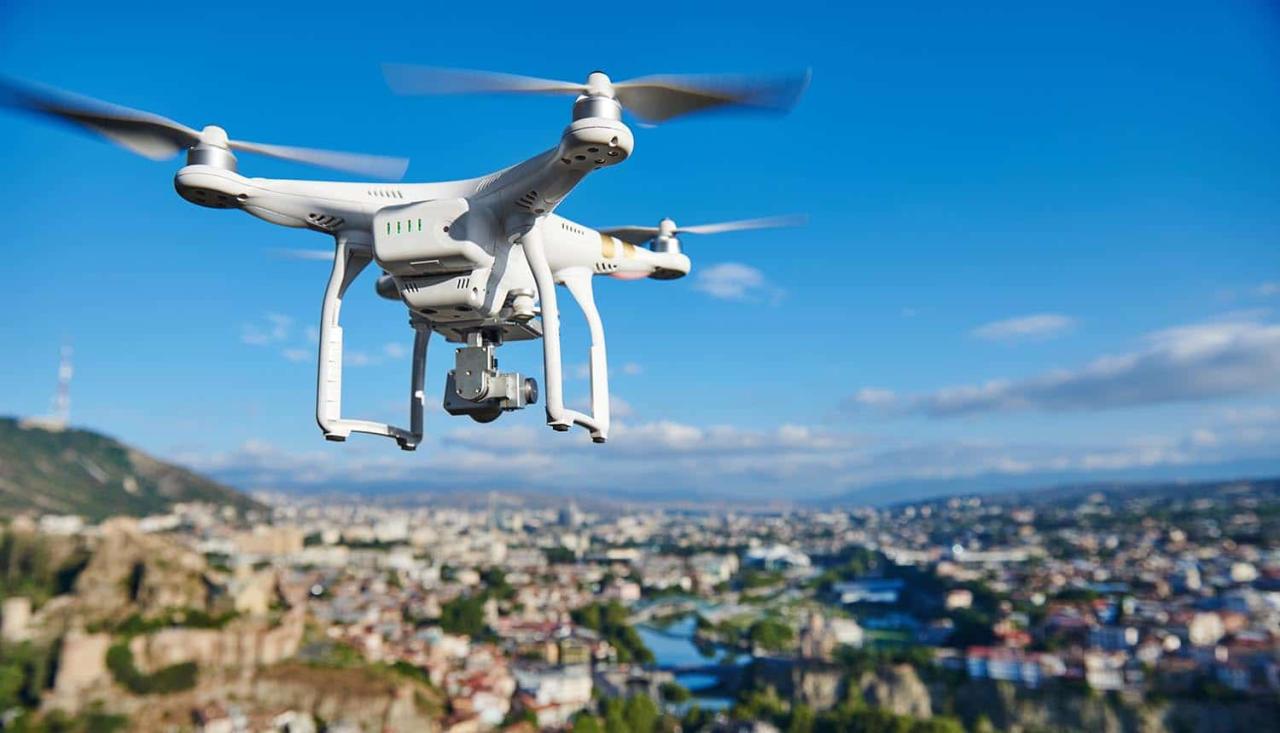
Imagine a tethered drone, resembling a large, sophisticated kite, capable of sustained high-altitude flight. Equipped with advanced lidar, radar, and hyperspectral imaging sensors, it would continuously monitor a large area, providing real-time data on temperature, humidity, wind speed, precipitation, and atmospheric composition. AI-powered onboard processing would identify and analyze significant events, relaying crucial information to weather forecasting models.
Its tethered design would eliminate concerns about flight time and provide a continuous data stream, potentially revolutionizing weather forecasting and atmospheric research.
The utilization of sky elements drones in atmospheric research marks a significant leap forward in our ability to understand and predict atmospheric phenomena. While challenges remain in terms of technology, regulation, and data processing, the potential benefits are immense. As drone technology continues to advance and data analysis techniques improve, we can anticipate even more profound insights into the complexities of our atmosphere, leading to better weather forecasting, improved climate models, and more effective environmental monitoring.
The future of atmospheric science is undoubtedly taking flight.
FAQ Summary
What are the safety protocols involved in operating sky elements drones?
Strict adherence to airspace regulations, pre-flight checks, and pilot training are crucial. Emergency procedures and communication protocols are also vital for safe operation.
How is data from sky elements drones calibrated for accuracy?
Calibration involves comparing drone sensor readings with data from established ground-based stations or weather balloons. Regular maintenance and sensor checks also ensure accuracy.
What is the cost-effectiveness of using drones compared to traditional methods?
While initial investment can be significant, drones can offer cost savings in the long run by reducing the need for expensive manned aircraft or ground-based observation networks, especially for specific localized studies.
